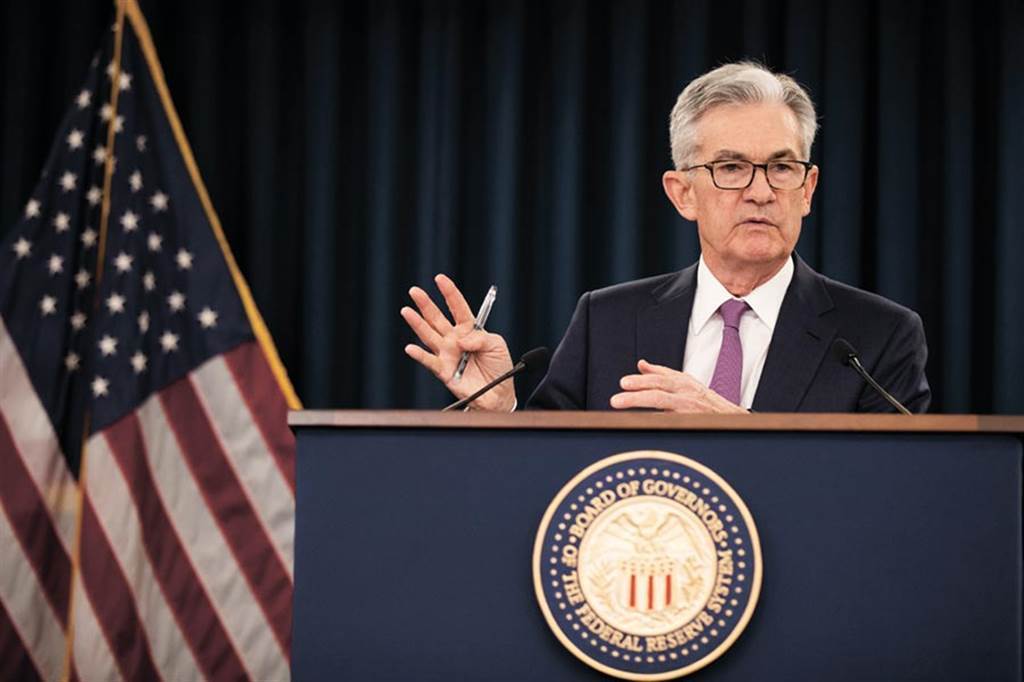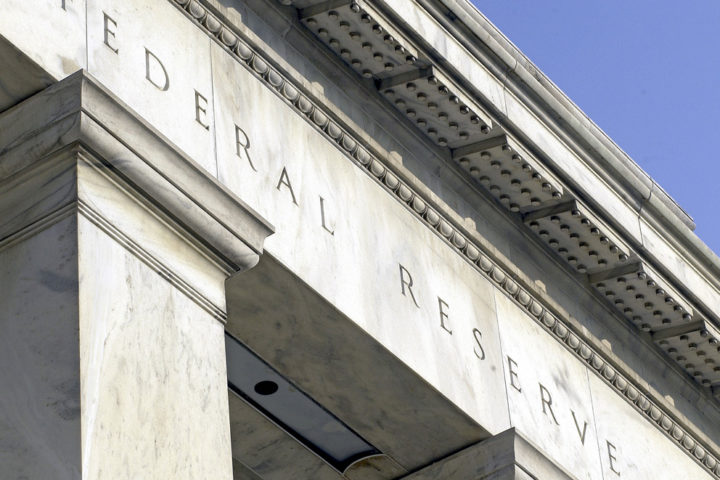By Moody’s Analytics
The December meeting of the Federal Open Market Committee was the most dovish since the post-pandemic tightening cycle began. The fed funds rate, as anticipated, was held unchanged.
Wednesday’s meeting was instead scrutinized for any indication of when and why policymakers at Chair Jerome Powell’s Federal Reserve would begin lowering rates.
On that front, the committee’s latest Summary of Economic Projections suggested 2024 will see 75 basis points’ worth of cuts to the fed funds rate. The most recent SEP, from September, included just 0.25 point of cuts next year. This change comes in response to a consistent stream of encouraging inflation data, which have boosted policymakers’ confidence that their policy tightening has worked.
Perhaps the most optimism-inspiring detail within the projections, however, is that alongside the committee’s belief that policy will not need to be as restrictive for as long as previously assumed, it is not due to incoming economic weakness.
Instead, December’s projections reveal the central bankers expect a soft landing. Real GDP forecasts were little changed and the outlook for the unemployment rate was the same in December as it was in September. Financial markets have digested the news as unequivocally positive.
Bond yields, like the two-year U.S. Treasury, fell sharply during intraday trading and the three major U.S. equity markets were up around 1%. Financial markets have oscillated substantially in recent months, causing bond yields to rise and fall dramatically.
The importance of markets’ reactions should not be overstated, though the larger-than-normal swing does signal a degree of surprise from investors.
Inflation has receded meaningfully in the U.S. without the corresponding increase in joblessness historically observed when restrictive policy is needed to bring down inflation.
As Powell quipped, this trend is not assured to continue and it is still too early to declare victory. The U.S. economy has, however, reacted as well as the Fed could have hoped for when it began tightening in early 2022.
Still threatening to stall this progress is the labour market. Wage growth is a sizable margin above the level the Fed estimates as compatible with its inflation target.
At 3.7%, the unemployment rate signals the U.S. labour market is unlikely to have come fully into balance and the relatively graceful deceleration in wage growth in 2023 might soon level off at a still-elevated rate.
Our latest baseline forecast puts the first rate in June. In total, we expect a 50-basis point reduction next year, which puts us on the hawkish side of the Fed. We expect policy is loosened gradually and that the Fed’s main policy rate remains restrictive through early 2026.
November price growth comes in soft
The U.S. consumer price index rose 0.1% in November, bringing the annual headline inflation rate down from 3.2% to 3.1%. The energy CPI fell 2.3%, driven by a 6% dip in motor fuel prices. This drag was offset by a 0.2% increase in the food CPI.
Excluding food and energy, prices ticked up 0.3% from October to November. This leaves the annual figure for core CPI at 4%, unchanged from October’s rate.
The increases in the headline and core CPI were in line with the Moody’s Analytics forecast. Though the gains represent a modest acceleration from October’s monthly pace, they were expected.
The producer price index was flat in November, bucking our expectation of a modest decline. The latest monthly figure follows a 0.4% rise in September and a 0.4% decline in October.
Relative to November 2022, the headline PPI was up 0.9%. Energy prices again fell in November, though the 1.2% drop was much milder than October’s 6.7% decline.
Excluding foods, energy and trade services, the final demand producer price index rose 0.1% for the second month in a row. The PPI for final demand services was flat in November.










